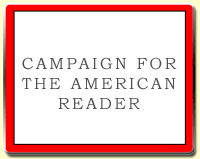
At LitHub she tagged seven books from a high school class on trauma literature, including:
Lan Cao, Monkey BridgeRead about the other entries on the list.
Cao’s haunting novel opens in 1979 Virginia, where Mai, a teenage refugee from Vietnam, is caring for her mother, Thanh, after a stroke. Throughout the novel, interstitial chapters interrupt Mai’s coming-of-age narration: excerpts from Thanh’s diary, which Mai finds hidden in a dresser and secretly reads, hoping it will help her better understand not just her mother’s story, but her own. Gradually, both Mai and the reader come to recognize that the diary isn’t what it appears to be, and the truth is slowly, and tragically, revealed.
Although Thanh’s diary is the problematic text whose discovery—and dishonesty—sparks Mai’s biggest reckoning, the texts she doesn’t findcollectively prove just as formative. As her well-meaning mother shields her from the traumatic truth of her ancestry, Mai searches her local library for information about her grandfather’s life, but finds no books about contemporary Vietnam. She sees depictions of Vietnam on screens all around her—on television, on the news, in her local movie theater—but the portrayals are insultingly primitive. She knows they don’t come close to the “untranslatable world” she’s from, let alone to her life in America.
“We were,” she notes of her fellow Vietnamese refugees, “a ragtag accumulation of unwanted, an awkward reminder of a war the whole country was trying to forget.” Failing to find her immigrant experience represented in the many narratives around her, Mai struggles to shape the story of who she really is.
--Marshal Zeringue



